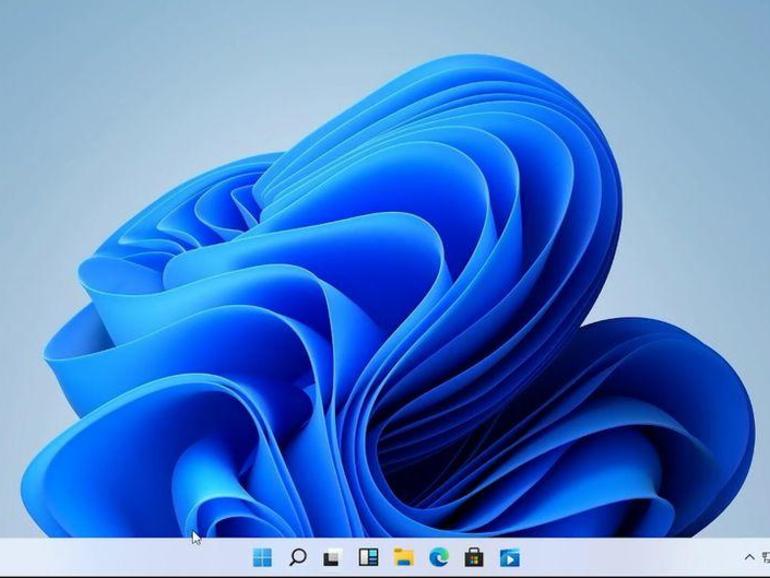A tech trade show attendee in the early 1990s might have encountered a T-shirt bearing a cryptic taunt: “Flight 4.0 to Chicago has been delayed.” “Chicago” was the codename for what was presumed to become Windows 4.0. Unfortunately for IBM, which distributed the shirt, customers flocked to the derided release when it finally came to market as Windows 95, marking the beginning of the end of Big Blue’s rival OS/2.
The reception to Windows Vista, another Microsoft operating system delayed to the point that even the waits for its betas became contentious, was not as warm. And after years of pursuing a macOS overhaul codenamed Copland, Apple retreated to the far less ambitious Mac OS 8 in 1997. That was the same year it acquired NeXT, laying the foundation for a true overhaul, macOS X, in 2001.
The pain of engineering massive OS revisions in part led both Apple and Microsoft to transition to less impactful, more frequent updates. For well over a decade, macOS updates have arrived virtually every year alongside updates to the operating systems of its cross-device progeny, and Microsoft has settled into a biannual upgrade cycle for Windows 10. These updates have faced a far less perilous development journey than Copland or Windows Vista did.
But, as I noted last year in my column on Adobe switching to a subscription-only model for Creative Suite, incremental improvements pose challenges in driving the kind of marketing excitement that once had PC owners lining up to buy new versions of Windows at now-defunct retailers such as CompUSA. Adobe notes that it has shifted to more of an events-driven approach to drum up excitement about new features for its audience of professional creators.
Apple has also relied heavily on its WWDC event to excite developers and customers about new OS features. However, macOS has become a relatively small part of that message, as what Apple actually offers developers is a cross-device “super OS” with various flavors that also run on a phone, tablet, watch, and TV box.
As I noted in my column on Apple’s AI-related announcements at WWDC, many of the new features for macOS extend features from its sister OSs or drive participation in Apple integration efforts, e.g., taking part in a SharePlay stream, having the Mac act as an AirPlay 2 target, or the display coordination slickness of Universal Control (Disclaimer: Does not actually control universe). However, Apple’s promotion of even these kinds of features has been a shout from the rooftops, as opposed to the low-key introductions that have marked such Windows 10 updates as “20H2.”
What justifies a major new release is in the eye of the developer, but it often signifies a major update to an OS’s technical architecture, visual presentation/interface, or both. With the introduction of Big Sur, Apple finally moved macOS’s version number ahead to signify a major release: macOS 11. While its signature feature was the brilliant technical work to support Apple silicon, its user interface centerpiece was a paradoxical anchoring to the familiar to preserve the Mac experience on a new chip despite introducing iPad app compatibility.
Microsoft has clearly done major work around the look and feel for Windows 11, but hasn’t promoted much about its technical underpinnings beyond to say that it will run faster, more efficiently, and more securely. As with Big Sur, though, the ability to support mobile apps represents a significant addition, one that will surely take some time to smooth out, as it has for Apple.
The Windows 11 launch provided a timely opportunity for Microsoft to contrast its app store strategy to Apple’s. But long gone are the days when Windows was a mere foil for Apple. More fundamentally for Microsoft, after years of so much focus on the cloud and AI and mixed reality and Teams and Xbox Game Pass and GitHub and Surface and really anything but Windows, the Windows 11 announcement represented a long-delayed opportunity to celebrate its foundational client platform and the PC, and to catalyze its hardware partners’ marketing efforts.
In contrast, while Apple may credibly gush that it loves the Mac and has welcomed it into its new family of homegrown silicon to great effect, it represents but one in an ever-growing family of client device platforms vying for the company’s marketing and development affection.
PREVIOUS AND RELATED COVERAGE
OK Microsoft, you win: I’m buying a Windows 11 PC
Why did Microsoft initially cut off hardware support at Intel’s Generation 8 CPUs? We finally have the answer. Hey Intel, guess which PC I’m buying? An AMD Ryzen system.
Windows 11 upgrades: Why security is going to be the key driver
While the changes to Windows’ look and feel may grab the eye, the less visible security upgrades may be more interesting to CIOs.
How to bypass Windows 11 limits and install on almost any old PC
Kids, don’t try this at home!



